1996-06-14 11:50
[ Flota Mercante Grancolombiana(FMG) Celebrates Its 50th Anniversary ]
With a special ceremony took place in the historic “Quinta de Bolivar
” on Friday June 7 at 3:30 p.m. the Board of Directors and all person
el of Flota Mercante Grancolombiana commemorated 50 years of its found
ation. The Shipping Line represents the first successful experiment of
integration amongst Latin American nations accomplished by Colombia,
Venezuela and Ecuador, 17 years before ALALC(The Association of Latin
American Countries) and 22 before the Andean Group.
On June 8th 1946 in the same “Quinta de Bolivar” in Bogota the three
countries represented by the Colombia President Alberto Lieras Camarg
o and delegates from Venezuelan President Romulo Betancourt and Ecuado
r’s Jose Maria Velasco Ibarra signed the Official Document of Constru
ction of the new Shipping Line.
The creation of the new enterprise was a reply from the three countrie
s to the situation suffered by them after W.W.Ⅱ characterized by the
absence of regular maritime transportation services and the difficulti
es for obtaining fair freight levels for the export of their products
and the import of the Raw Materials needed for the development of the
new industries in the three countries.
Flota Mercante Grancolombiana started operations in the second semeste
r of 1947, transporting during that year 189,439 freight Tons. In 1951
the mark of One Million Tons was surpassed and in 1978 it achieved th
e highest mark in all its history transporting a total of 4,888,417 To
ns. During the 49 years of operation the Line has moved close to 100 m
illion freight Tons representing an income of more than 6 billion US
dollars.
During the last 50 years many things have changed: The old Breakbulk c
argo freighters evolved into multipurpose ships and then into full con
tainer vessels. The frequency of services changed from monthly to week
ly, thus multiplying the offer of transportation services to the clien
ts. The number of ports of call was reduced substantially to offer bet
ter frequency and optimize the level of costs associated with the serv
ices. The containerization of cargo permitted increased efficiency in
the port operations, reduced time stay in the ports and consequentiall
y better compliance with the published itineries. From an independent
operation in all traffics, they became joint services with other Shipp
ing Lines, which permitted the rationalization of fixed costs and the
optimization in the use of the ships. From a Port to Port service, the
company evolved Integral Transportation solutions combining different
modes of transportation to deliver the cargo in the customers premise
s instead of at the Ship’s side as in the past. From public ports, Co
lombia evolved into Privately Operated ports.
Flota Mercante Grancolombina countinues to be leader shipping line in
the Colombian market and one of the most important in Latin America. I
t offers services linking the 70 main ports associated with the extern
al trade of Colombia and Latin America. Its operation is carried out i
n 10 regular traffics using 40 ships supplied by Grancolombiana and it
s associates, performing 30 sailings per month from Colombian ports. G
rancolombians also has agencies in 250 cities in 42 countries in the w
orld.
During the half century of existence, Grancolombiana has had an import
ant role in the promotion of exports of Colombia and Latin America and
has become a stabilizing factor in the level of freights to and from
Colombia. Grancolombiana has also participated and promoted developmen
t in other activities such as Container Depots, Air Rail and Land Tran
sportation, Multimodal Transportation, Port Operation and the operatio
n of its private port CONTECAR in Cartagena Colombia.
” on Friday June 7 at 3:30 p.m. the Board of Directors and all person
el of Flota Mercante Grancolombiana commemorated 50 years of its found
ation. The Shipping Line represents the first successful experiment of
integration amongst Latin American nations accomplished by Colombia,
Venezuela and Ecuador, 17 years before ALALC(The Association of Latin
American Countries) and 22 before the Andean Group.
On June 8th 1946 in the same “Quinta de Bolivar” in Bogota the three
countries represented by the Colombia President Alberto Lieras Camarg
o and delegates from Venezuelan President Romulo Betancourt and Ecuado
r’s Jose Maria Velasco Ibarra signed the Official Document of Constru
ction of the new Shipping Line.
The creation of the new enterprise was a reply from the three countrie
s to the situation suffered by them after W.W.Ⅱ characterized by the
absence of regular maritime transportation services and the difficulti
es for obtaining fair freight levels for the export of their products
and the import of the Raw Materials needed for the development of the
new industries in the three countries.
Flota Mercante Grancolombiana started operations in the second semeste
r of 1947, transporting during that year 189,439 freight Tons. In 1951
the mark of One Million Tons was surpassed and in 1978 it achieved th
e highest mark in all its history transporting a total of 4,888,417 To
ns. During the 49 years of operation the Line has moved close to 100 m
illion freight Tons representing an income of more than 6 billion US
dollars.
During the last 50 years many things have changed: The old Breakbulk c
argo freighters evolved into multipurpose ships and then into full con
tainer vessels. The frequency of services changed from monthly to week
ly, thus multiplying the offer of transportation services to the clien
ts. The number of ports of call was reduced substantially to offer bet
ter frequency and optimize the level of costs associated with the serv
ices. The containerization of cargo permitted increased efficiency in
the port operations, reduced time stay in the ports and consequentiall
y better compliance with the published itineries. From an independent
operation in all traffics, they became joint services with other Shipp
ing Lines, which permitted the rationalization of fixed costs and the
optimization in the use of the ships. From a Port to Port service, the
company evolved Integral Transportation solutions combining different
modes of transportation to deliver the cargo in the customers premise
s instead of at the Ship’s side as in the past. From public ports, Co
lombia evolved into Privately Operated ports.
Flota Mercante Grancolombina countinues to be leader shipping line in
the Colombian market and one of the most important in Latin America. I
t offers services linking the 70 main ports associated with the extern
al trade of Colombia and Latin America. Its operation is carried out i
n 10 regular traffics using 40 ships supplied by Grancolombiana and it
s associates, performing 30 sailings per month from Colombian ports. G
rancolombians also has agencies in 250 cities in 42 countries in the w
orld.
During the half century of existence, Grancolombiana has had an import
ant role in the promotion of exports of Colombia and Latin America and
has become a stabilizing factor in the level of freights to and from
Colombia. Grancolombiana has also participated and promoted developmen
t in other activities such as Container Depots, Air Rail and Land Tran
sportation, Multimodal Transportation, Port Operation and the operatio
n of its private port CONTECAR in Cartagena Colombia.
많이 본 기사
- 신년특집 기획/ 새해 컨시장 기상도 유럽 상승 vs 북미 혼조컨운임지수 넉달만에 2500선 넘어…6주 연속↑상하이항 5000만TEU·싱가포르항 4000만TEU 나란히 돌파태웅로직스, 한화토탈에너지스 우수 파트너사 선정BDI 1015포인트…케이프·수프라막스선 하락세 이어져해양수산부, 김혜정 신임 부산해수청장 선임강도형 해수부 장관, “새해 글로벌공급망 관리 중점 추진”SK인천석유화학, 3300t급 급유선 도입…“서해 벙커링시장 경쟁력 강화...대한조선, 그리스 선사 발주 석유제품운반선 4척 동시명명인천신항 선광신컨테이너터미널, 전기구동 야드트랙터 13대 도입
- 해운협회, 부산항내 중대재해 예방 안전캠페인해운조합, 전환교통지원사업 24일까지 공모여수해경, 해양환경관리 모범선박 예인선 <세진 101>호 선정경기평택항만공사, 평택·당진항 배후단지 업무편의시설용지 분양관세청, 설맞아 수출입화물 선적지원·24시간 통관등 특별대책 시행인사/ 우진글로벌로지스틱스‘항만효율화 공로’ 주성씨앤에어 박진수 대표, 해수부 장관표창 영예부음/ 한국선급 최원준 부사장 모친상롯데글로벌로지스, ‘소비자불만해결 우수사업자’ 선정BPA, 신년맞이 동절기 부산신항 안전관리 실태 점검





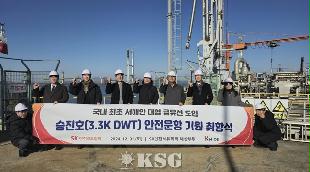

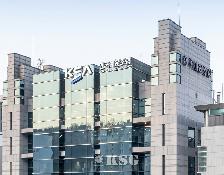
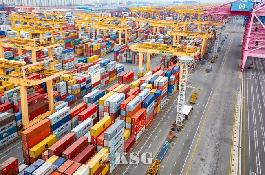
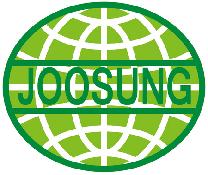

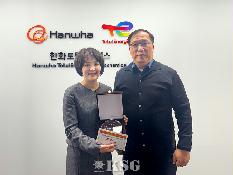

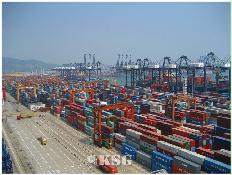
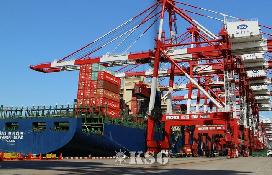
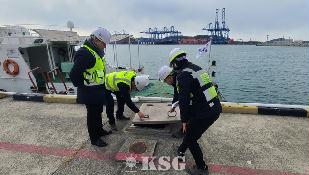
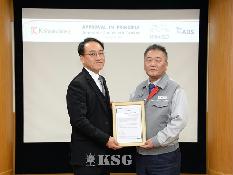
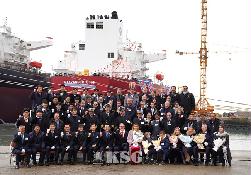
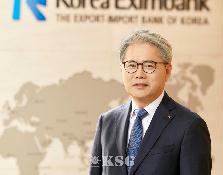
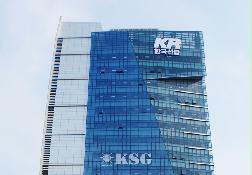
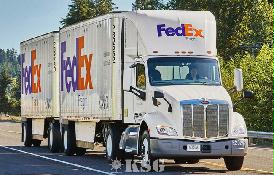
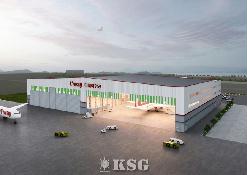
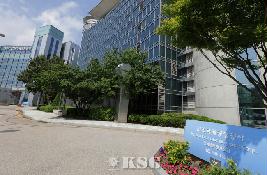

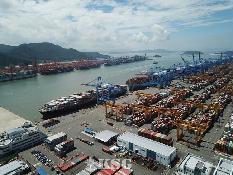
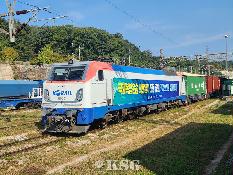
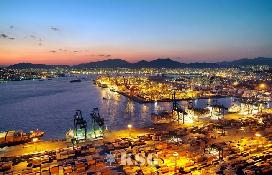
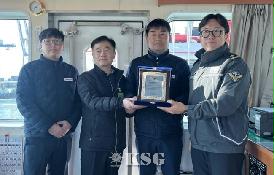
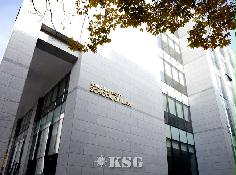
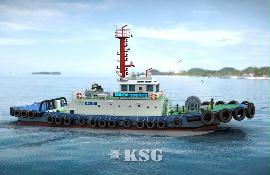
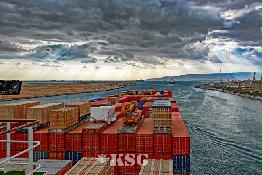


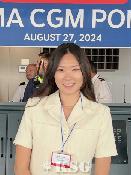





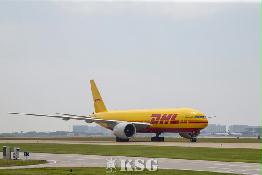
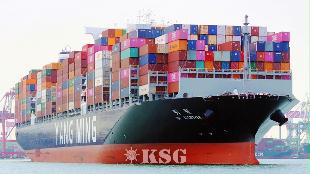
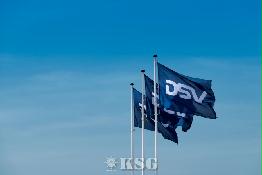
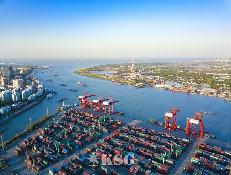
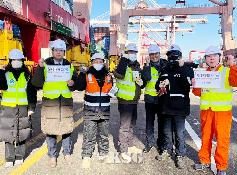








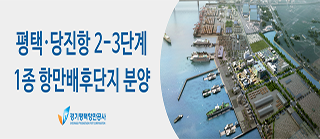












0/250
확인